Inventory Under Siege? Commercial Warehousing as Your Strategic Buffer
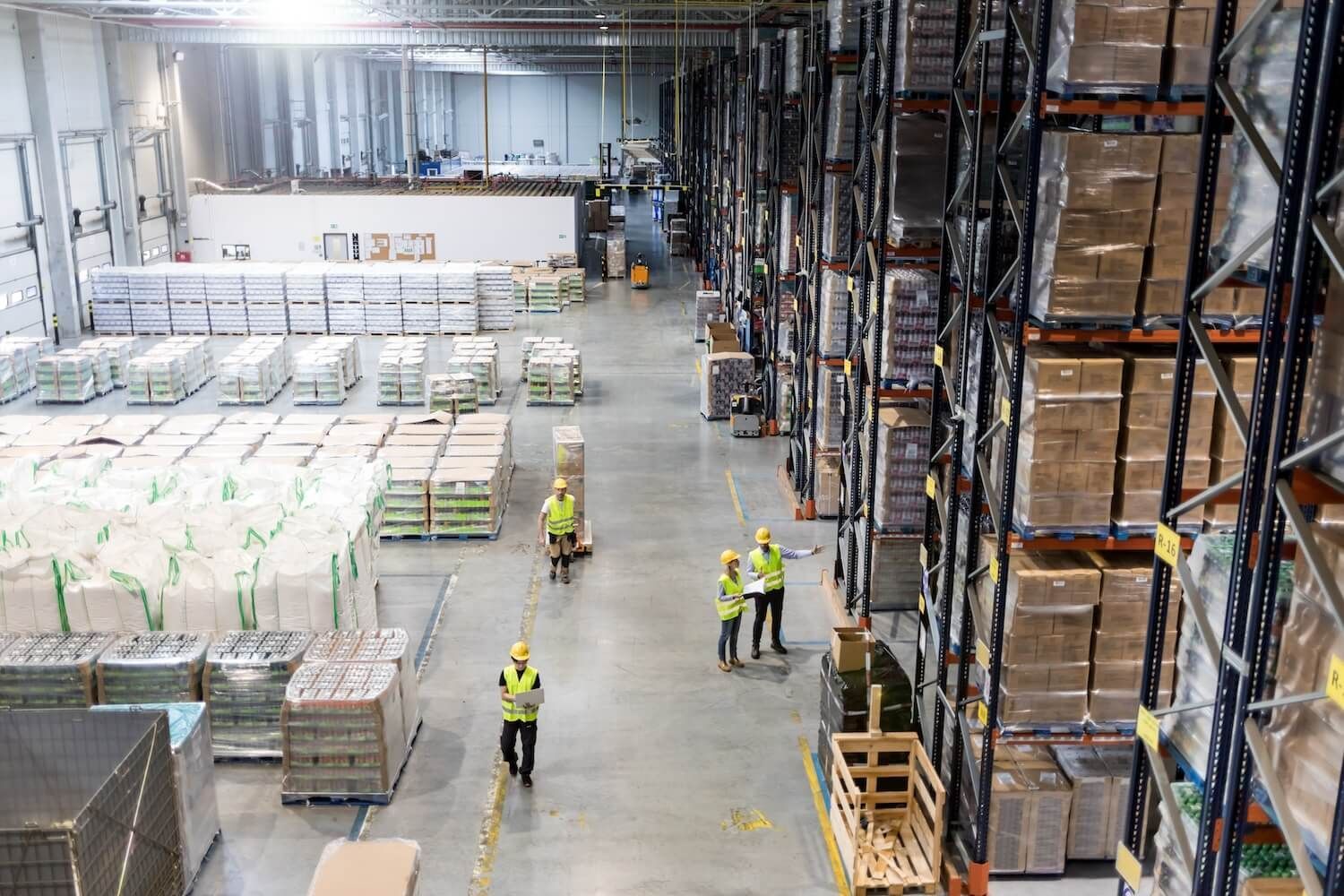
Inventory Under Siege? Commercial Warehousing as Your Strategic Buffer
The global business landscape is no longer the predictable terrain of past decades. Today, enterprises across industries face a constant barrage of potential disruptions. From the tangible gridlock of port congestion that snarls supply lines for weeks to the abstract but equally impactful shockwaves of international trade disputes that can instantly alter cost structures, the environment is fraught with uncertainty. These aren't isolated incidents; they are symptomatic of a new era where volatility is the norm, and businesses must adapt to survive and thrive.
Consider the ripple effects of a major port shutdown. For countless businesses reliant on timely imports or exports, this translates into far more than just delivery delays. Production schedules are thrown into disarray, commitments to customers are jeopardized, and the delicate balance of supply and demand is fractured. Similarly, the sudden imposition of tariffs can decimate carefully calculated profit margins, forcing companies into reactive strategies that often compromise long-term growth and customer relationships.
These challenges underscore a fundamental shift in the operational realities of modern commerce. The interconnectedness of global supply chains, while offering significant efficiencies in stable times, also amplifies the impact of disruptions originating anywhere in the world. Businesses that fail to proactively address these vulnerabilities risk not only immediate financial losses but also lasting damage to their reputation and market standing.
The Efficiency Paradox: When Optimization Creates Exposure
For a significant period, the prevailing business philosophy emphasized leanness and efficiency above all else. Just-in-time inventory management and highly optimized supply chains became the gold standard, promising reduced costs and maximized profitability. However, this relentless pursuit of efficiency often came at the expense of resilience.
The Fragility of "Just-in-Time"
The core principle of just-in-time inventory is to minimize warehousing costs by receiving materials precisely when needed for production. In a perfectly synchronized world, this system operates flawlessly. But the reality of global logistics is far from perfect. Unexpected delays at customs, logistical bottlenecks, or even minor disruptions in the supply of a single component can bring the entire production process to a standstill. The anticipated cost savings from minimal inventory are quickly overshadowed by the far greater expenses of production downtime, expedited shipping to recover lost time, and the intangible cost of disappointed customers.
The Risks of Over-Lean Operations
Similarly, lean manufacturing principles, focused on eliminating waste and maximizing throughput, often result in minimal inventory buffers throughout the production process. While this enhances efficiency under normal operating conditions, it leaves businesses acutely vulnerable to disruptions in the supply of raw materials or components. A single missing part can halt an entire assembly line, leading to significant production losses and an inability to meet customer demand.
The Intertwined Vulnerabilities of Global Sourcing
The globalization of supply chains has offered access to specialized skills and potentially lower costs, but it has also created a complex web of dependencies. Relying on suppliers across multiple continents exposes businesses to a wide range of risks, including geopolitical instability, varying regulatory environments, and the potential for cascading disruptions across the entire network. The initial cost advantages can be quickly negated by the complexities and expenses of managing these intricate and often unpredictable supply chains.
Building a Bulwark: The Strategic Role of Commercial Warehousing
In this era of heightened uncertainty, a proactive and strategic approach to inventory management is no longer optional; it is a necessity for business continuity and long-term success. Commercial warehousing, when viewed beyond its basic function of storage, emerges as a critical tool for building resilience and mitigating the risks inherent in today's dynamic global marketplace.
Strategically deployed commercial warehouses act as a vital buffer, providing businesses with the agility and security needed to navigate disruptions and maintain operational continuity.
Securing the Supply Chain Through Strategic Stockpiling
By maintaining a strategic reserve of critical materials and finished goods in commercial warehousing facilities, businesses can insulate themselves from the immediate impact of supply chain disruptions. This proactive approach ensures that production can continue and customer orders can be fulfilled even when primary supply lines are affected by external factors. This isn't about inefficient overstocking; it's about a calculated and strategic deployment of inventory to safeguard against foreseeable and unforeseen challenges.
Enhancing Agility and Responsiveness
Strategically located commercial warehouses, particularly those situated near key transportation hubs or major customer markets, enable businesses to respond more rapidly to fluctuations in demand or logistical challenges. This agility allows for quicker adjustments to inventory levels, efficient rerouting of shipments, and the ability to fulfill urgent orders promptly, minimizing the impact of disruptions on customer satisfaction and market share.
Ensuring Uninterrupted Business Operations
The ultimate goal of risk mitigation is to ensure business continuity. Commercial warehousing plays a pivotal role in achieving this by providing a readily accessible inventory of essential goods. This ensures that businesses can continue to operate, generate revenue, and meet their obligations to customers even when faced with significant external pressures.
Maintaining Customer Trust and Loyalty
In a competitive landscape where customers expect reliability and timely delivery, the ability to consistently meet those expectations, even during times of widespread disruption, is a significant differentiator. Commercial warehousing supports this by ensuring that products are available when and where they are needed, fostering customer trust and strengthening brand loyalty.
Creating Strategic Flexibility for Growth
Beyond mitigating risks, strategically positioned inventory in commercial warehouses can also provide businesses with the flexibility to seize new market opportunities. The availability of readily accessible stock allows for rapid responses to unexpected surges in demand or the ability to enter new geographic markets without being constrained by long lead times or supply chain bottlenecks.
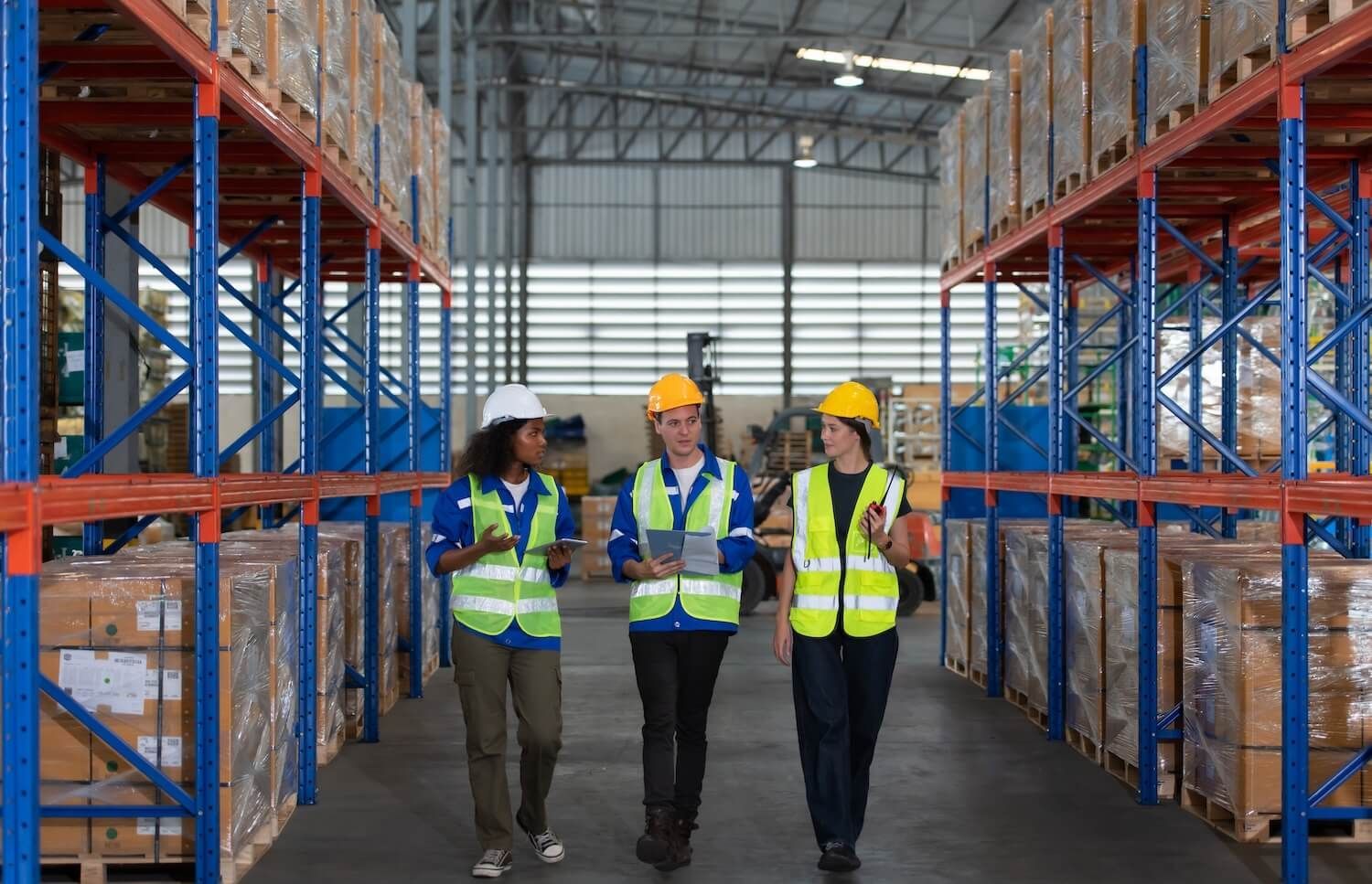
The Modern Warehousing Ecosystem: A Hub of Integrated Services
Contemporary commercial warehousing has evolved into a sophisticated ecosystem that offers a comprehensive suite of services beyond mere storage. Partnering with a modern warehousing provider grants access to a range of capabilities designed to optimize supply chain efficiency and resilience:
- Advanced Inventory Management Systems: Sophisticated warehouse management systems (WMS) provide real-time visibility into inventory levels, location, and movement. This data-driven insight empowers businesses to optimize inventory deployment, anticipate potential shortages, and make informed replenishment decisions.
- Integrated Fulfillment and Distribution Solutions: Modern warehouses are equipped to handle end-to-end order fulfillment processes, including efficient picking, packing, labeling, and shipping. Many offer seamless integration with transportation management systems (TMS) to optimize outbound logistics and ensure timely and cost-effective delivery.
- Customized Value-Added Services: Commercial warehousing providers often offer a range of value-added services tailored to specific industry needs, such as light assembly, kitting, product customization, and rigorous quality control processes. This allows businesses to streamline operations and focus on their core competencies.
- Strategic E-commerce Fulfillment Centers: The exponential growth of e-commerce has highlighted the critical role of strategically located fulfillment centers within commercial warehouse networks. These facilities enable faster delivery times, reduced shipping costs, and enhanced customer satisfaction in the online retail landscape.
- Specialized Storage Environments: For industries dealing with sensitive or perishable goods, specialized commercial warehouses offer controlled environments, including temperature and humidity control, as well as adherence to stringent regulatory compliance standards, ensuring product integrity and safety throughout the supply chain.
Choosing the Right Partner: A Strategic Alignment
Selecting a commercial warehousing partner is a strategic decision that requires careful consideration. The chosen partner will become an integral part of your supply chain ecosystem, and their capabilities will directly impact your business's resilience and efficiency. Key factors to evaluate include:
- Network Footprint and Strategic Locations: Assess the geographic reach and strategic positioning of the warehouse network about your suppliers, manufacturing facilities, key customer markets, and transportation infrastructure.
- Scalability and Adaptability: Evaluate the partner's capacity to scale their services and adapt to the evolving needs of your business, including fluctuations in inventory volume and changes in distribution strategies.
- Technological Capabilities and Integration: Inquire about the technology infrastructure, including their WMS, TMS, and data analytics capabilities, and ensure seamless integration with your existing enterprise systems.
- Service Portfolio and Customization Options: Understand the full range of services offered and the partner's willingness to tailor solutions to meet your specific operational requirements and industry demands.
- Security Protocols and Compliance Standards: Verify the robustness of their security measures, safety record, and adherence to relevant industry regulations and compliance requirements.
- Cost Structure and Transparency: Thoroughly analyze their pricing models and ensure complete transparency in all fees associated with their services.
- Reputation, Experience, and Client Testimonials: Seek references, review case studies, and assess their track record and experience in serving businesses within your industry.
The Tangible Benefits of Resilience: A Strategic Investment
While the utilization of commercial warehousing entails a direct cost, it is crucial to recognize this expenditure as a strategic investment in the long-term security and growth of the business. The potential financial and reputational costs associated with significant supply chain disruptions far outweigh the expense of maintaining a strategic inventory buffer.
Consider the tangible benefits: reduced risk of production shutdowns, minimized delays in fulfilling customer orders, the ability to maintain consistent service levels during periods of volatility, and the preservation of hard-earned customer trust. These factors directly contribute to revenue stability, enhanced profitability, and a stronger competitive position in the marketplace.
Investing in commercial warehousing is an investment in peace of mind, allowing businesses to focus on innovation and growth initiatives with the confidence that their supply chain is robust and resilient. It is a strategic move that transforms a potential point of vulnerability into a source of competitive advantage.
Act Now: Fortify Your Supply Chain for the Future
The increasing complexity and volatility of the global business environment demand a proactive and strategic approach to supply chain management. Relying solely on lean principles without building in buffers for potential disruptions is no longer a sustainable strategy.
Commercial warehousing provides a powerful and adaptable solution for building the necessary resilience into your supply chain. By strategically positioning inventory in secure and well-managed facilities, businesses can mitigate risks, ensure operational continuity, and maintain the trust and loyalty of their customers.
Don't wait for the next supply chain crisis to impact your bottom line and your reputation. Take proactive steps today to fortify your operations and secure your future.
Secure your inventory, enhance your supply chain resilience, and ensure the continuity of your business. Contact Razr Logistics today to explore how our comprehensive commercial warehousing solutions can provide the strategic buffer you need to thrive in an uncertain world.






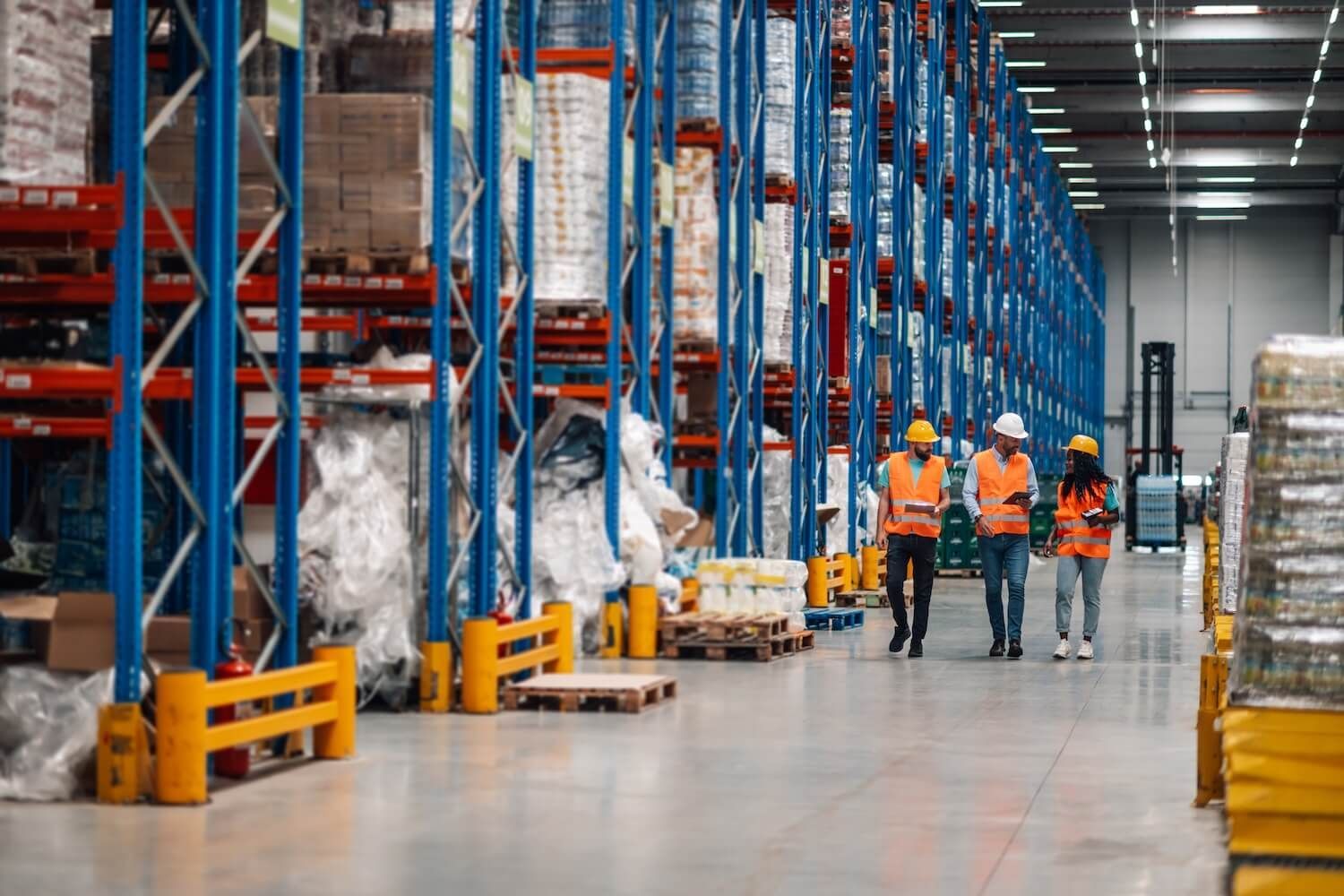
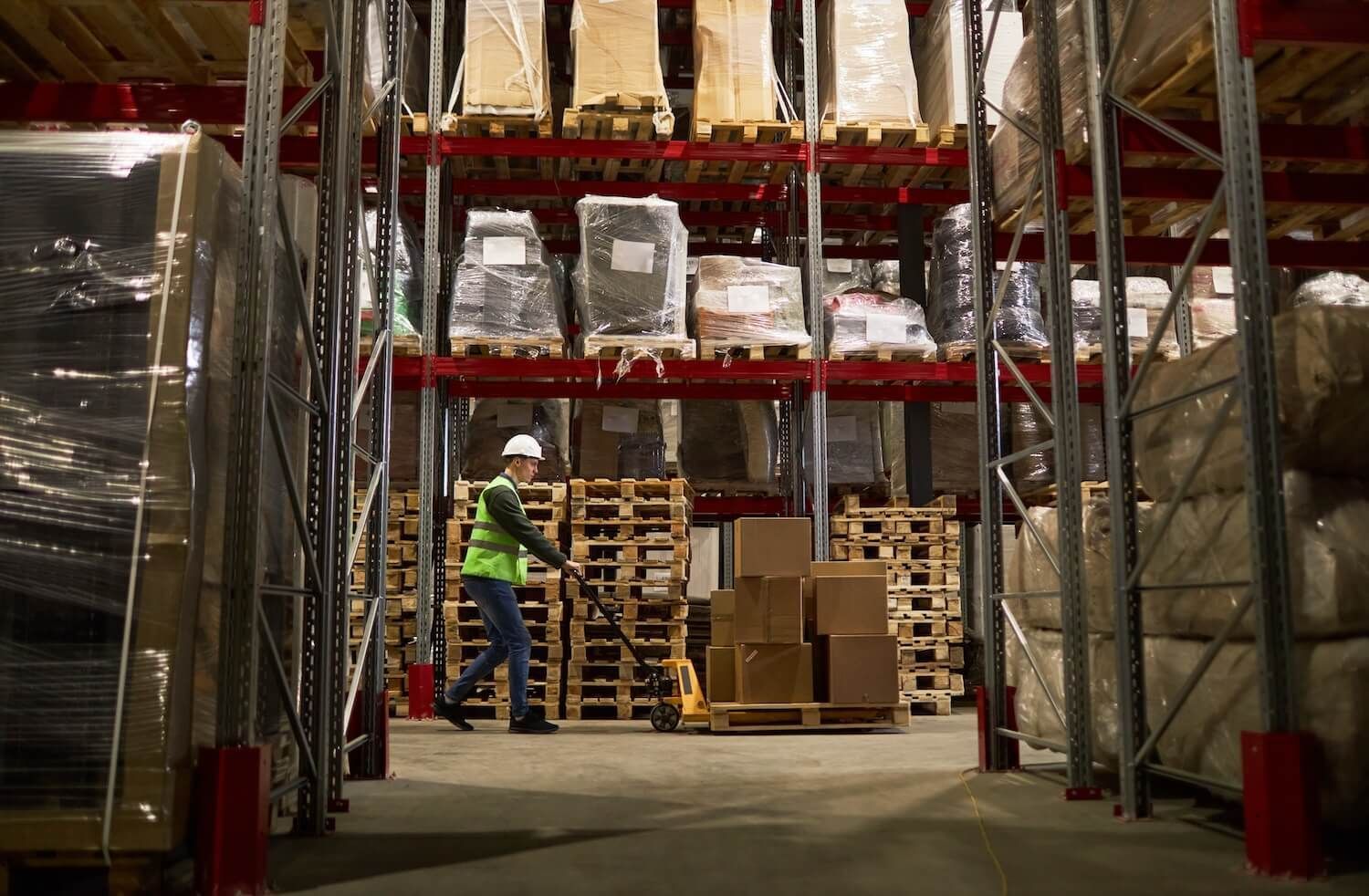

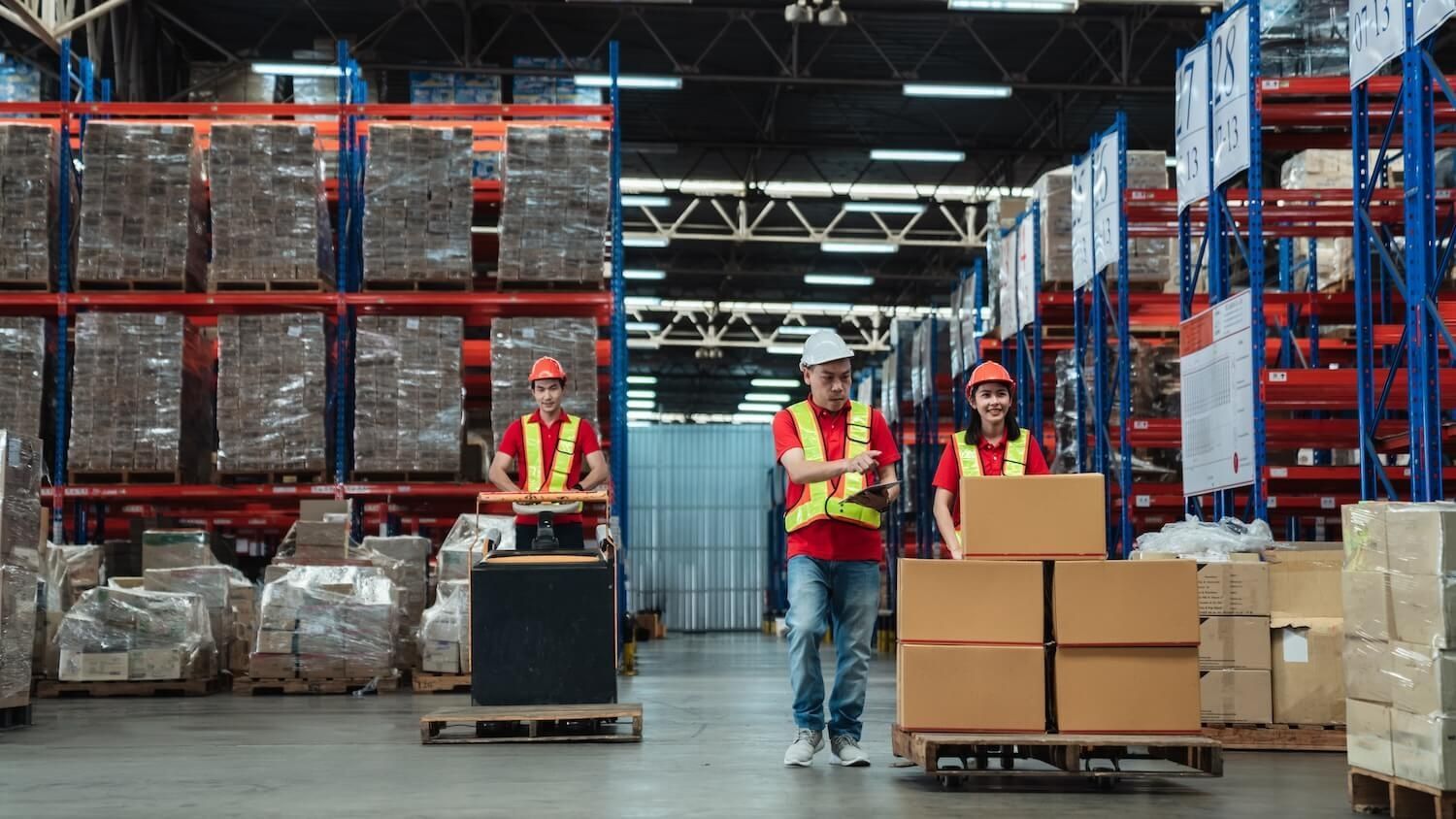


 by
by